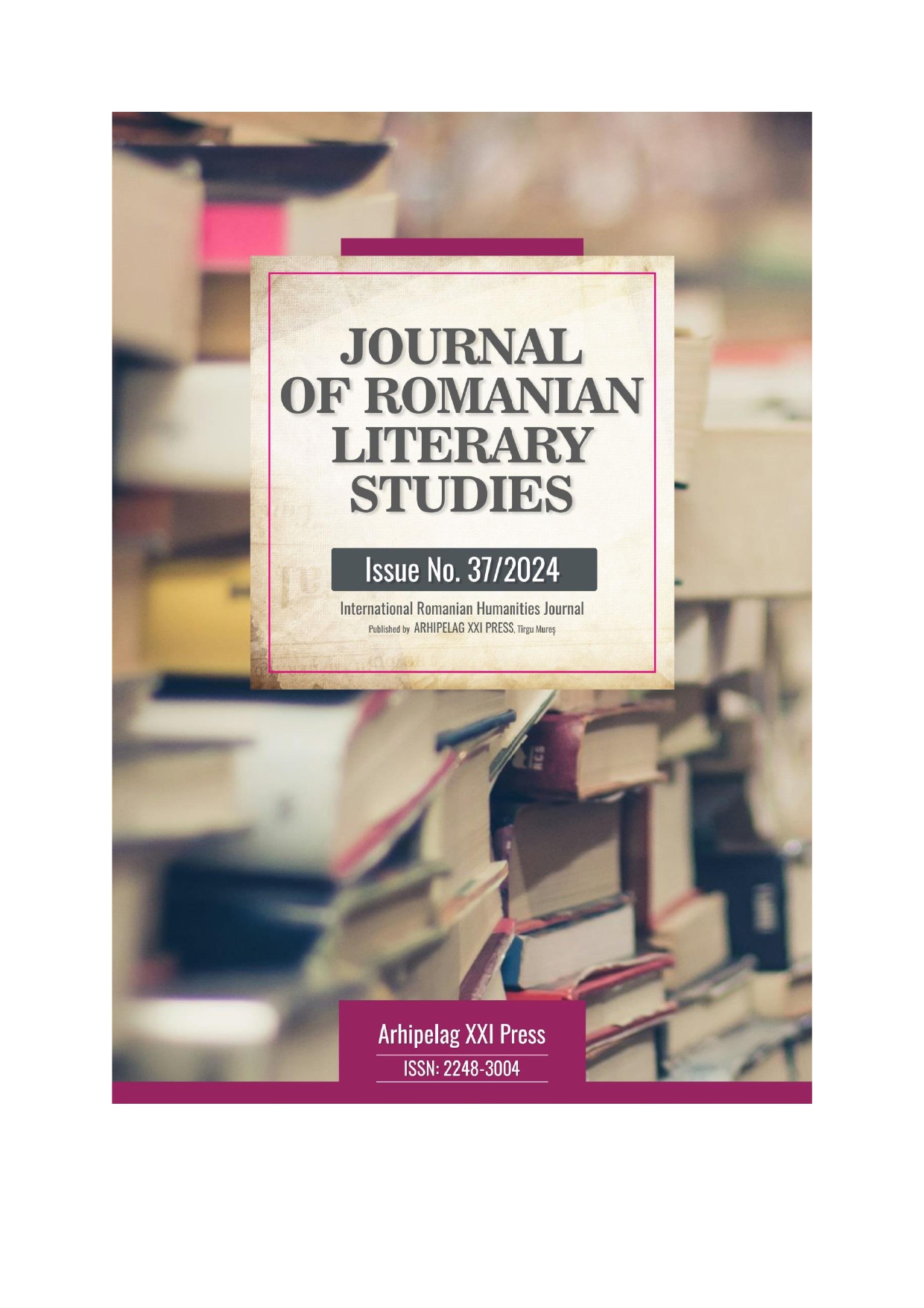CINEMATIC MEANS FOR THE CREATION OF HORROR IN THE MOVIES INSPIRED FROM STEPHEN KING’S NOVELS THE SHINING AND CHRISTINE
CINEMATIC MEANS FOR THE CREATION OF HORROR IN THE MOVIES INSPIRED FROM STEPHEN KING’S NOVELS THE SHINING AND CHRISTINE
Author(s): Dimitrie Andrei BorcanSubject(s): Visual Arts, Novel, Film / Cinema / Cinematography, Philology, Theory of Literature, History of Art, American Literature
Published by: Editura Arhipelag XXI
Keywords: horror; cinematic means; special effects; postmodern; psychoanalysis;
Summary/Abstract: This article tries to show how the cinematic transposition of two horror novels by Stephen King (“The Shining” and “Christine”) into remarkable horror films of the 1980s may make the genre of horror movies a postmodern art, by using certain specific cinematic means, which induce both attraction and fear to the audience: colour and light contrast; music; beginnings and endings; agency; setting; buildings and entrances; vehicles; physiognomy; metamorphosis; monsters, ghosts and corpses; abnormal speech or writing; claustrophobia; dreams, hallucinations, premonition, telepathy. The ambivalent effect of horror and pleasure is obtained by specific techniques, suggested by the plots of the books, and also by the tradition of scary movies and the respective film directors’ artistry.
Journal: Journal of Romanian Literary Studies
- Issue Year: 2024
- Issue No: 37
- Page Range: 378-385
- Page Count: 8
- Language: English

